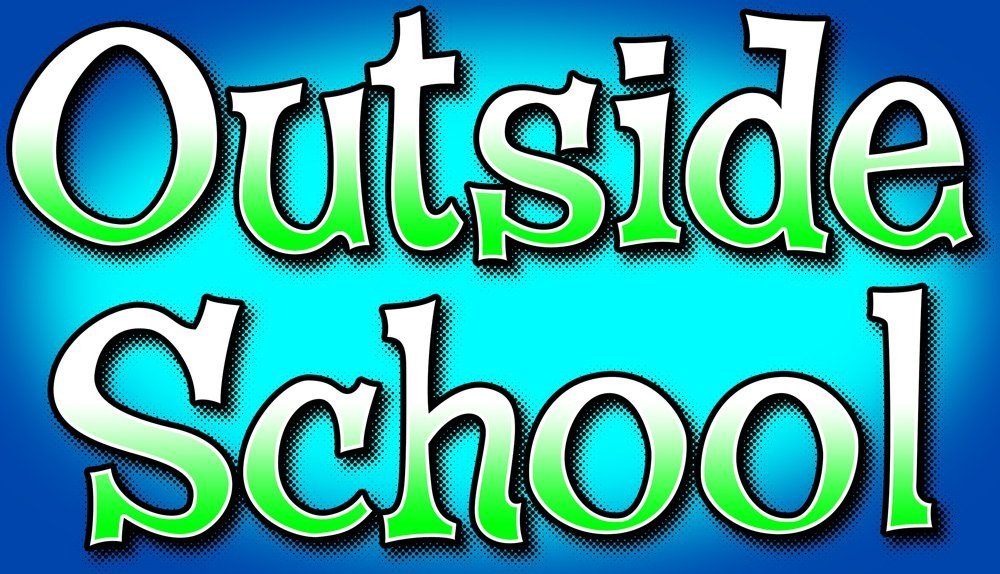bees in the Garden
Bees with pollen on their legs.
materials
Outdoor Site
methods
Become aware of the animals that use your site. Including native plant species helps considerably, as do organic gardening methods and still and running water sources. The more time you spend outdoors, the more likely you will be to find more species!
Stay on the lookout for beekeepers! There are local societies, hobbyists, and enthusiasts everywhere. In the following photos, a couple who works for one of the parents at the school have brought a demonstration hive (and described the reasons they chose European over American hive styles), laminated photos of recent bee removals from a home, internet printouts of the purposes of beekeeping, and samples of local spring and fall honey and honeycomb they collected and shared with everyone. Never has honey tasted better!!! They talked about bee gender and work, and how life is for the bees in the hive.
In finding these native bee nests (the two filled holes on the left), I'd had an awareness (from reading) that most California native bees are solitary and lay their eggs in hollow, tube-like crevices. In other garden locations, I'd noticed lichens growing from holes in the fences. It wasn't until I was saying good-bye to a family at the end of one day that I saw a bee flying into a hole at eye level, right next to where I was standing. The hole on the left was already filled, the middle hole was being filled, as I observed, one egg at a time and separated by a layer of lichen, working her way outward, and the third hole was filled the following day. About a week later, holes were found in the lichens as presumably the young bees had flown out.
Native bee habitat provisions, accessed via Facebook, from Iudo Taris.
A honeybee becomes lunch.
Mating Bees
Resources
Edible Education 103: "A Bee's Eye View to Farming Sustainably" with Claire Kremen. For your own education and also possibly to share with older children. One hour, two minute lecture on YouTube.
Google Hangout with Claire Kremen in which she answers questions about both native pollinators and honeybees in school gardens and on farms. 22 minute video on Vimeo.
In this video from Peaceful Valley, learn how to plant a hedgerow attract pollinators. Included on the same page are beneficial bug articles and products.
If you want to know about bees, scientists say to look no further than Dr. Gordon Frankie. This is his site, which is full of further resources.
A site full of resources for invertebrates including bees and other pollinators.
Another “lesson plan,” but this one about bees in the park.
“Living with Wasps 101”- a resource I created:
“Lesson plan” by Heather Taylor. You are welcome to share all materials with credit to her.













